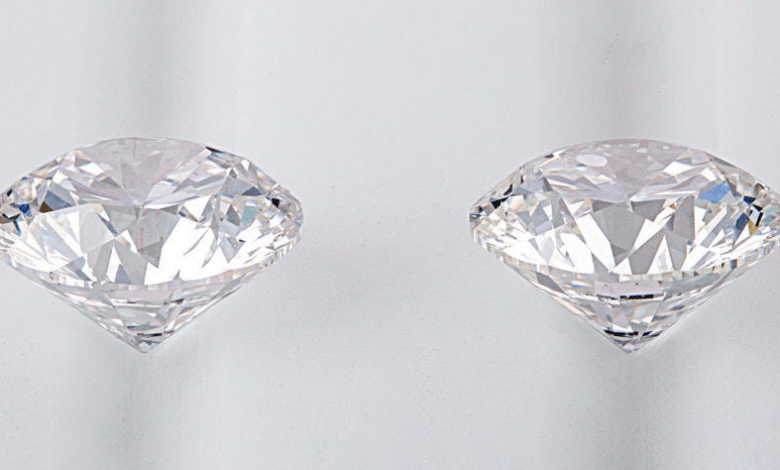Common Misconceptions About Lab Diamonds

There are some common misconceptions about lab diamonds. Fortunately, you can overcome these misconceptions with the right knowledge.
Synthetic cannot be applied to lab-grown diamonds
You’ve probably heard about lab-grown diamonds and how they are produced. These gemstones have the same chemical make-up as the natural variety. They’re also less expensive and come from a more ethical source. However, there are a few things you should know about them.
Lab-grown diamonds are a new type of diamond. The term was first used in the 1950s, when General Electric began developing a process for growing diamonds in a laboratory.
This method involves inserting carbon-based gases into a chamber. This results in layers of carbon forming on the seed crystal.
When you’re looking for a diamond, you’ll want to consider its clarity, hardness and color. Natural diamonds can be several billion years old. In addition to this, they might contain inclusions or structural signs.
In the early days, the process was contaminated with nickel and nitrogen. It took a long time for the process to be commercially viable, but it has since been refined.
A newer method of making synthetic diamonds is the Chemical Vapor Deposition (CVD) process. This method is much more advanced than its predecessors. CVD diamonds are chemically similar to the natural variety, and they have the same optical and physical properties.
Some of the main benefits of lab-grown diamonds include lower prices, higher ethical sourcing, and a more stunning look. Despite the popularity of this new technology, however, the industry isn’t completely settled on its long-term value.
Ethical ramifications of bringing mined diamonds to market
The Kimberley Process Certification System is a rigorous and transparent certification system that prevents conflict diamonds from entering the supply chain. Each diamond must be certified throughout the entire process, from the mine to the polished stone. This system was developed by the United Nations and its member countries.
In addition to the obvious environmental benefits of artisanal mining, the process also has the potential to create jobs for locals and support local economies. Currently, most diamond mining workers live in the communities where they work. However, these communities often have difficulties with the distribution of wealth.
To combat this issue, the Diamond Development Initiative is a major initiative to improve artisanal mining in Africa. It is backed by the government and industry alike, and its goal is to help workers gain access to opportunities.
Although the Kimberley Process has helped to prevent the sale of diamonds tainted by armed conflict, there is still a chance that diamonds obtained from legitimate sources will be used in a conflict zone. One of the most common areas affected by the illegal trade of diamonds is in Sierra Leone.
The Diamond Development Initiative has also partnered with the Boodles Group to develop a comprehensive code of conduct for gold suppliers. This will include a public reporting system of human rights due diligence.
Common misconceptions about lab-grown diamonds
There are many misconceptions about lab-grown diamonds. They are often viewed as cheaper, less durable, and not as valuable as mined diamonds. However, there is a lot more to these diamonds than meets the eye.
The diamond industry has changed a lot in the last few years. More and more consumers are looking for eco-friendly and sustainable options. Lab-grown diamonds are one of the more viable alternatives to mined diamonds. https://atpolitics.com/
One of the most interesting things about lab grown diamonds is their ethical credentials. You can be sure that they are conflict-free. Using renewable energy, the process of creating them does not harm wildlife. In fact, they are more environmentally friendly than mined diamonds.
There are also a number of other reasons why you should consider using lab-grown diamonds. Some of them include their cost effectiveness, the quality of their sparkle and their ethical credentials.
One of the best things about lab-grown diamonds is that they are visually and chemically identical to their naturally occurring counterparts. This is thanks to a chemical process called Chemical Vapor Deposition (CVD).
In fact, the process can be repeated many times over to create a large number of diamonds. So, there is no need to worry about depleting the earth’s supply of diamonds.
If you are shopping for a diamond, you should make sure that you check with the right grading agency to ensure that your diamond is high in quality. For example, the Gemological Institute of America has been certifying lab-grown diamonds since 2007.
But there are also some misconceptions surrounding these gems. For instance, the term “lab-grown” has become synonymous with the more common “synthetic” or “man-made” diamonds.




